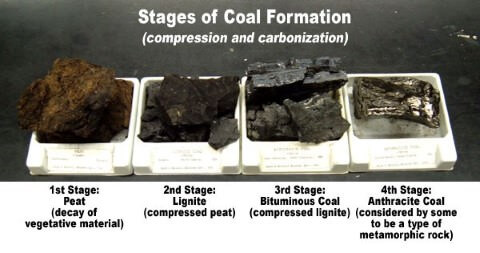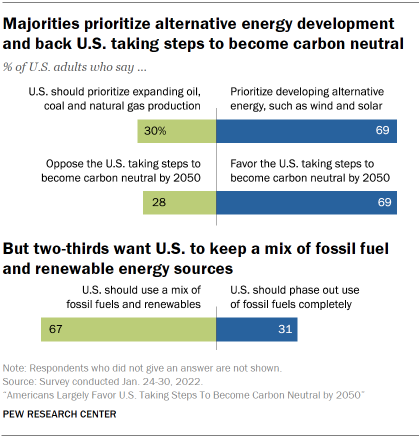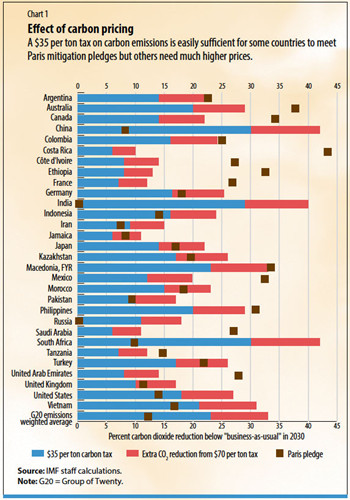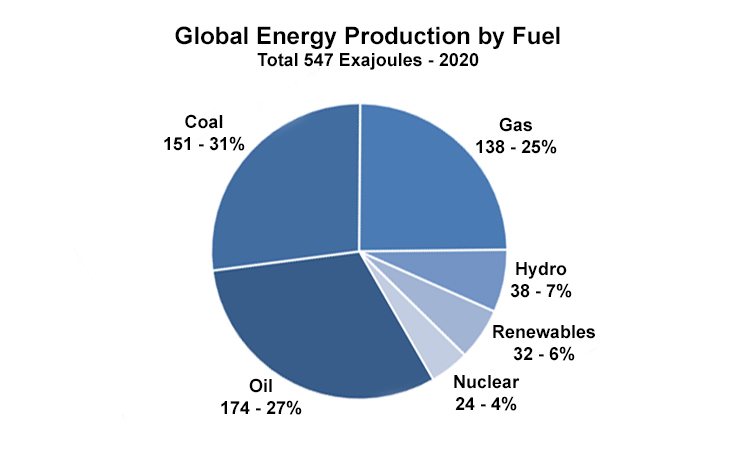Coal is a fossil fuel that is formed from the remains of plants that lived and died millions of years ago. It is composed of organic matter, minerals, and other inorganic materials, and is classified into different ranks based on its carbon content and other properties.
The percentage of carbon in coal varies depending on the type and rank of the coal. Generally, coal with a higher carbon content is considered to be of a higher quality and is more valuable as a fuel source.
There are several different types of coal, including anthracite, bituminous, subbituminous, and lignite. Anthracite is the highest rank of coal and has the highest carbon content, typically ranging from 86-98%. It is also the hardest and densest type of coal and has the highest energy content. Bituminous coal, which is the most commonly used type of coal, has a carbon content of 45-86%. Subbituminous coal has a carbon content of 35-45%, while lignite, the lowest rank of coal, has a carbon content of 25-35%.
The carbon content of coal is important because it is a major determinant of the energy content of the coal. The higher the carbon content, the more energy the coal can produce when it is burned. This is because carbon is the primary source of energy in coal, and the amount of carbon present in the coal determines how much energy can be released when the coal is burned.
In addition to its carbon content, the other minerals and inorganic materials present in coal can also affect its energy content and its usefulness as a fuel source. For example, coal that has a high sulfur content may produce more pollution when it is burned, while coal that has a high ash content may be less efficient as a fuel because it will produce more ash when it is burned.
In conclusion, the percentage of carbon in coal is an important factor that determines the quality and usefulness of the coal as a fuel source. The higher the carbon content, the higher the energy content and value of the coal. However, other factors, such as the presence of minerals and inorganic materials, can also affect the usefulness of coal as a fuel source.







